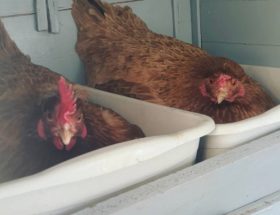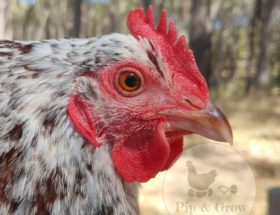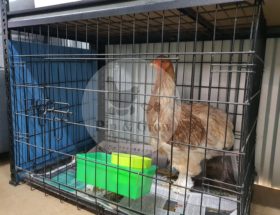Throughout our journey with chickens, we’ve had the opportunity to explore various coop options available in the market and even construct a few designs ourselves. These experiences have provided us with valuable insights into the strengths and weaknesses of different coop types. Whether you’re considering acquiring chickens for the first time or looking to revamp your existing coop setup, we’re here to offer our advice based on our expertise and firsthand experiences.
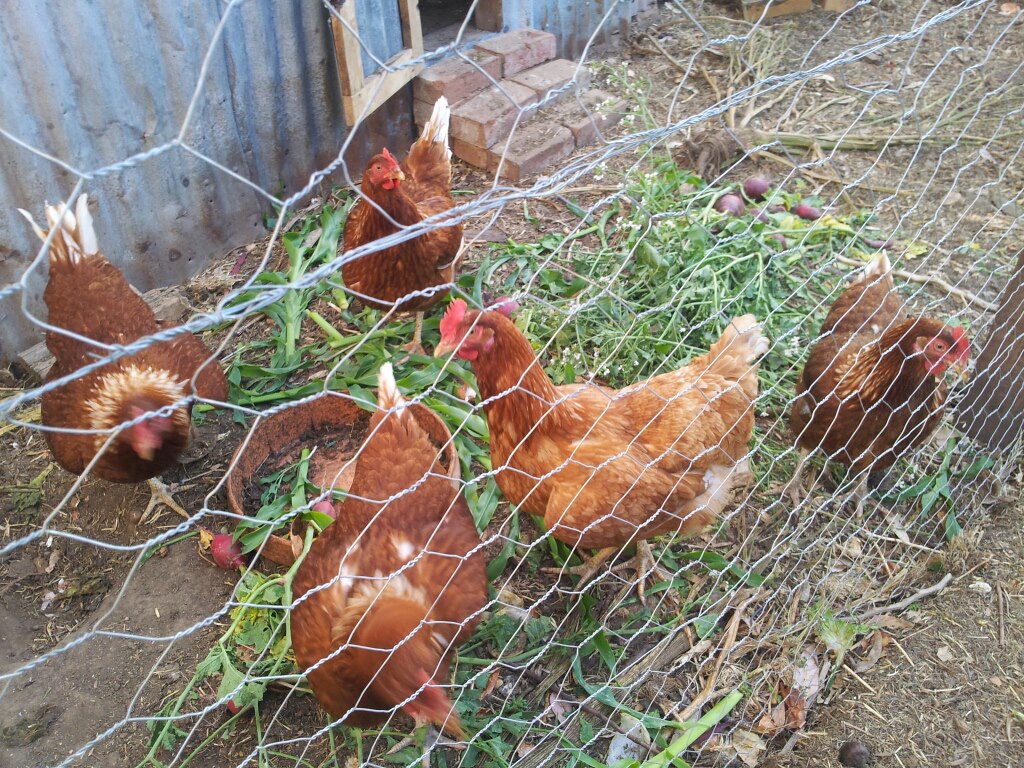
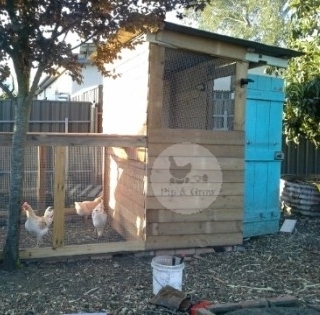
Open run Vs Fully Enclosed
An open run (or free-range) setup provides chickens with a coop for sleeping and laying eggs while allowing them the freedom to roam during the day in a fenced backyard, paddock, or large run. This setup offers several benefits. Firstly, it gives chickens increased freedom to engage in natural behaviors such as foraging, dust bathing, and catching insects, which helps keep them entertained and mentally stimulated. Additionally, since chickens spend most of their day outside the coop, the size of the coop itself doesn’t need to be as large as in other setups, making it more cost-effective and space-efficient.
However, there are also considerations and challenges associated with an open run setup. Proper planning and measures are necessary to protect chickens from predators such as eagle, foxes, goannas and other animals that may pose a threat during the day. Additionally, careful selection of feeders and waterers is required to prevent wild birds or other animals from accessing the chickens’ food and water supply. Since many poultry diseases, mites, and lice are transmitted by wild birds, this aspect requires particular attention. Furthermore, chickens in an open run setup are more exposed to the elements and may be more susceptible to parasites such as mites and worms, necessitating regular monitoring and treatment to prevent outbreaks and maintain the health of the flock.
A fully enclosed pen offers a safer environment for chickens by providing protection from predators and reducing exposure to the wild. It also gives the keeper more control over the chickens’ surroundings. However, this setup typically requires a larger space, depending on the number of chickens being housed. The increased size is necessary to accommodate both the coop and the enclosed outdoor area for the chickens to roam and exercise.Ideally, allocate 1 square meter of coop space per chicken and 3 square meters of run space.
Despite the larger setup requirement, the benefits of enhanced safety and control may outweigh the additional space needed, especially in areas with high predator activity, neighbors are close by or where wild bird-borne diseases are a concern.
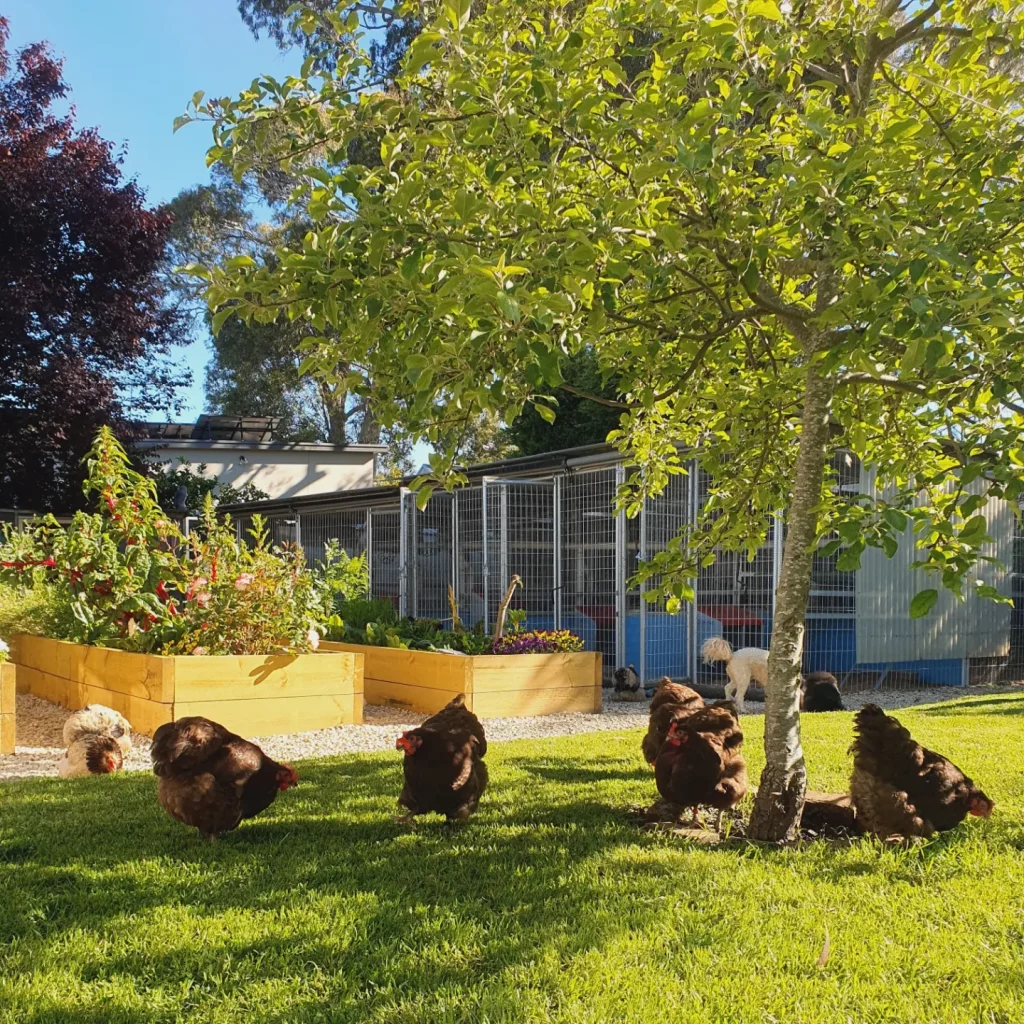
At Pip & Grow, we’ve found success in utilizing a combination of both fully enclosed and open run setups. Our breeding birds primarily reside in fully enclosed pens that are predator-proof and weather-protected. However, they still enjoy regular supervised outdoor time within the fully fenced farm during the day. Additionally, we’ve dedicated garden beds specifically for growing special veggies for our chickens. This setup allows them to engage in natural behaviors such as pecking, dirt bathing, and foraging while ensuring their safety and well-being.
Material of the Coop
When it comes to choosing a material for your chicken coop, timber, plastic, and steel are the most common options. While aesthetically pleasing coops are trendy, it’s important to remember that chickens don’t contribute to cleaning their coop.
Timber is a readily available and affordable choice, whether you’re building your own or purchasing a pre-made coop. However, it comes with its own set of challenges:
– Chicken droppings can be wet and messy, often splashing onto the walls of the coop. Once dried, it can be challenging to remove from timber surfaces.
– The natural nooks and crannies of timber make thorough cleaning difficult, especially during red mite infestations or disease outbreaks. Achieving 100% sanitation can be nearly impossible.
– Timber is prone to weathering, especially in wet or humid environments. Exposure to sun and rain can lead to rotting, requiring regular maintenance to preserve the integrity of the coop.
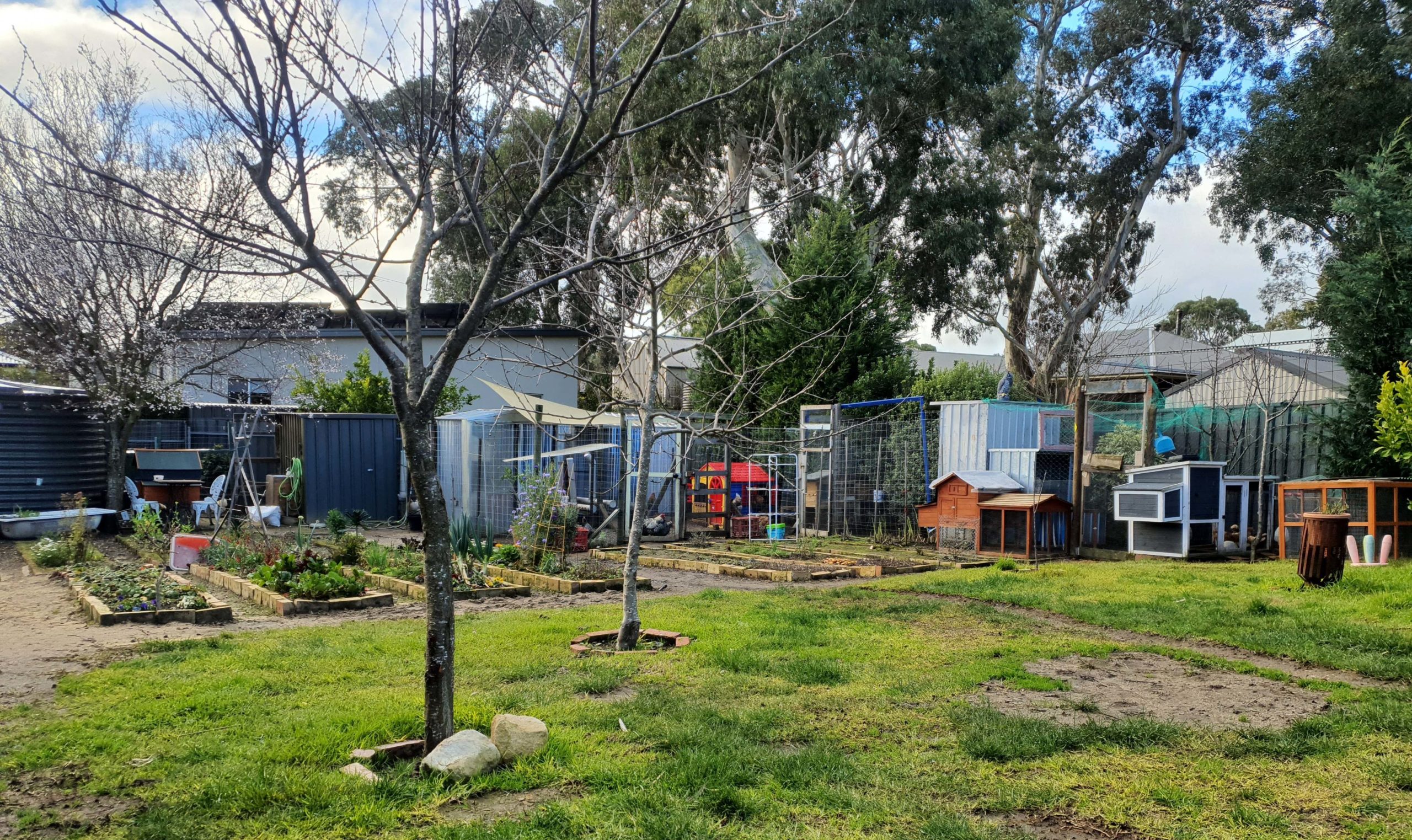
Considerations regarding typical wooden coops available online
Please be aware that the quality, durability, and suitability of typical online wooden coops can vary greatly. Before committing to a purchase, we advise conducting thorough research on the product. This includes reading customer reviews and carefully considering factors such as size, material, and weather resistance. It’s worth noting that product images appear larger than the actual size most times, and some companies may use the exact same design from other “well known” brand, but produce smaller coops using thinner materials with cheaper price tags.
While they may appear sturdy in product images, many keepers soon discover the flimsy nature of the wood and its thin material upon assembly. Often constructed from lightweight ‘Balsa’ wood, these coops are highly susceptible to rot and can easily break if subjected to pressure from neighboring dogs or foxes attempting to access the pen. Additionally, rats can easily chew through this type of wood, compromising the integrity of the coop.
As novice breeders, we’ve experienced various types of wooden coops available online. Unfortunately, our early years were marked by challenges, including roofs rotting after the first winter and constant battles with red mites. Despite our efforts at regular maintenance, none of the coops managed to withstand the harsh weather conditions of the Adelaide Hills for more than two seasons.
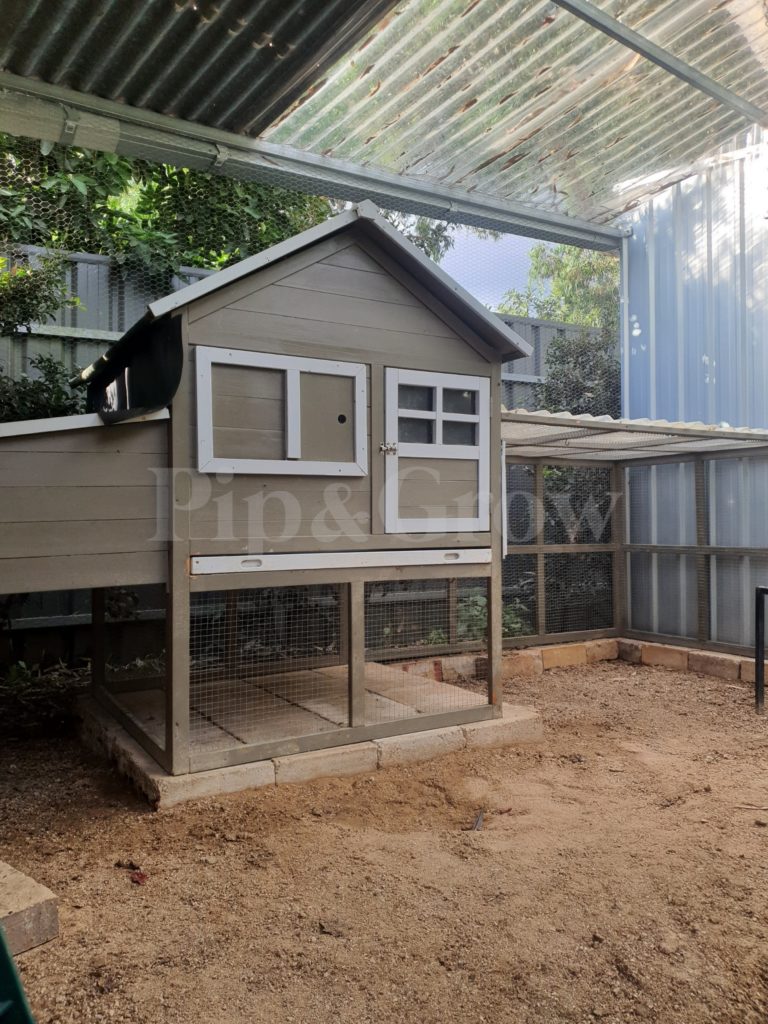
While timber coops may come with their limitations, they can still serve as functional and cost-effective options if cared for properly. Ensure that the wood is adequately sealed with quality outdoor paint and position the coop raised off the ground to prevent moisture-induced rotting. It’s essential to shelter the coop from adverse weather conditions. Regular monitoring for mites is crucial, and preventive treatment using suitable products can help maintain the coop’s integrity over time.
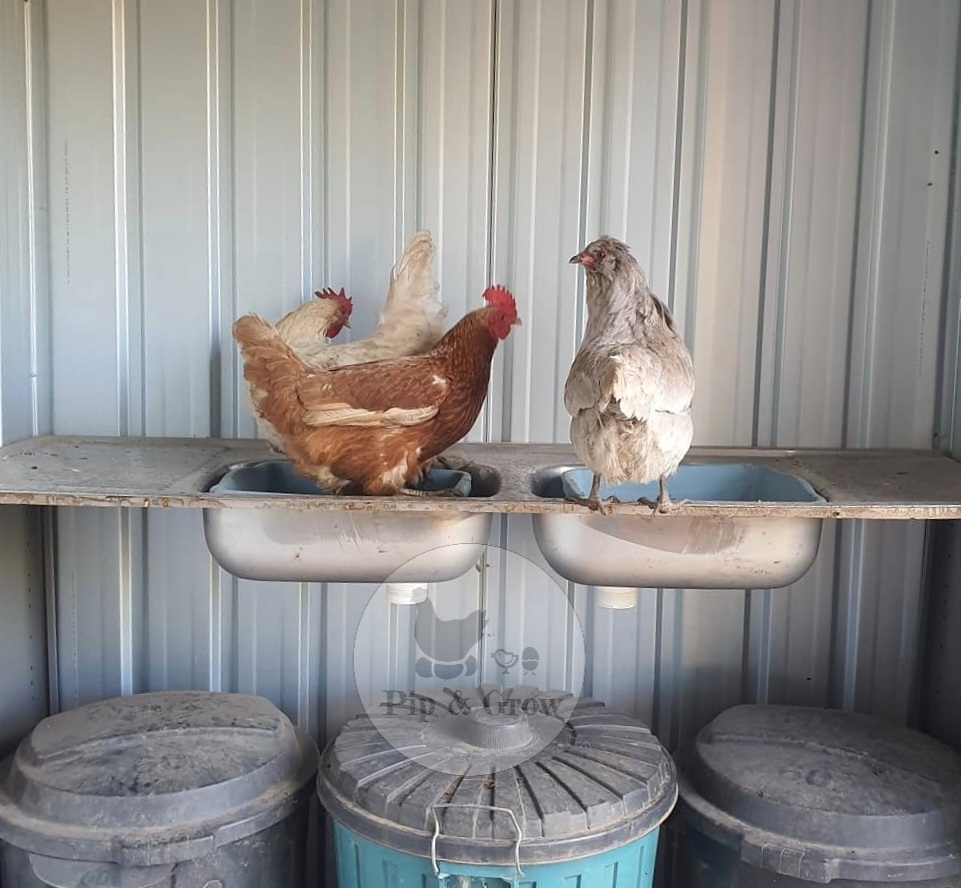
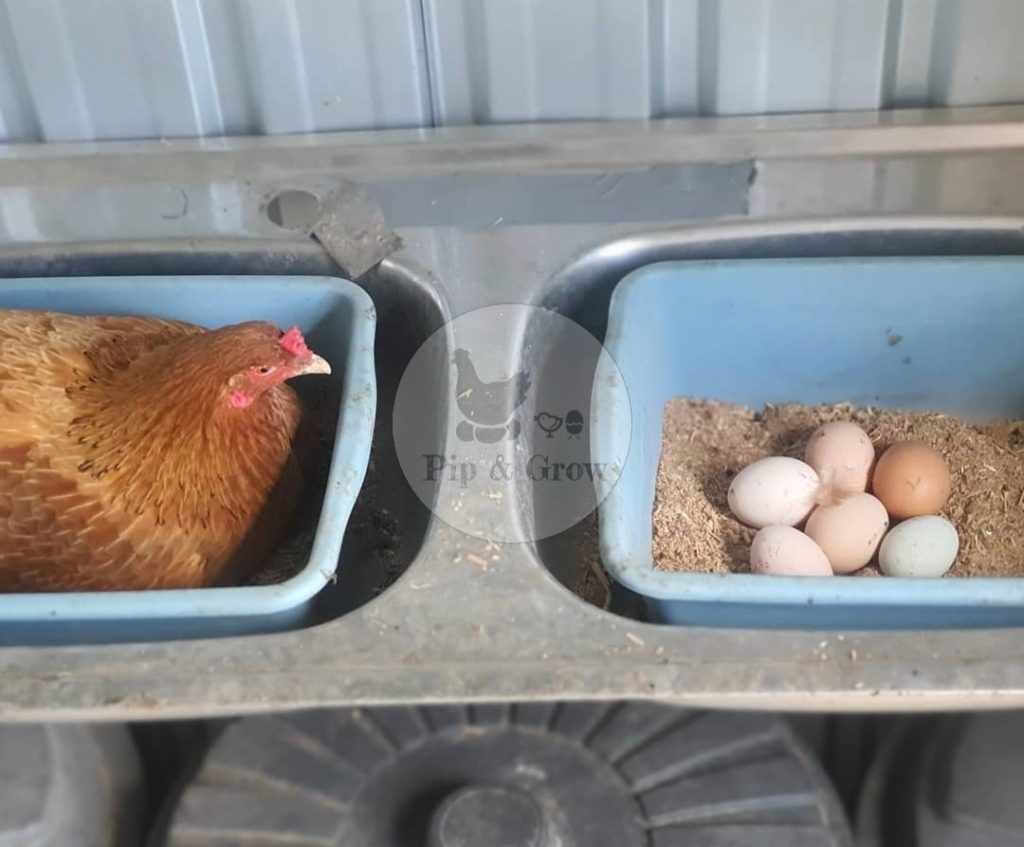
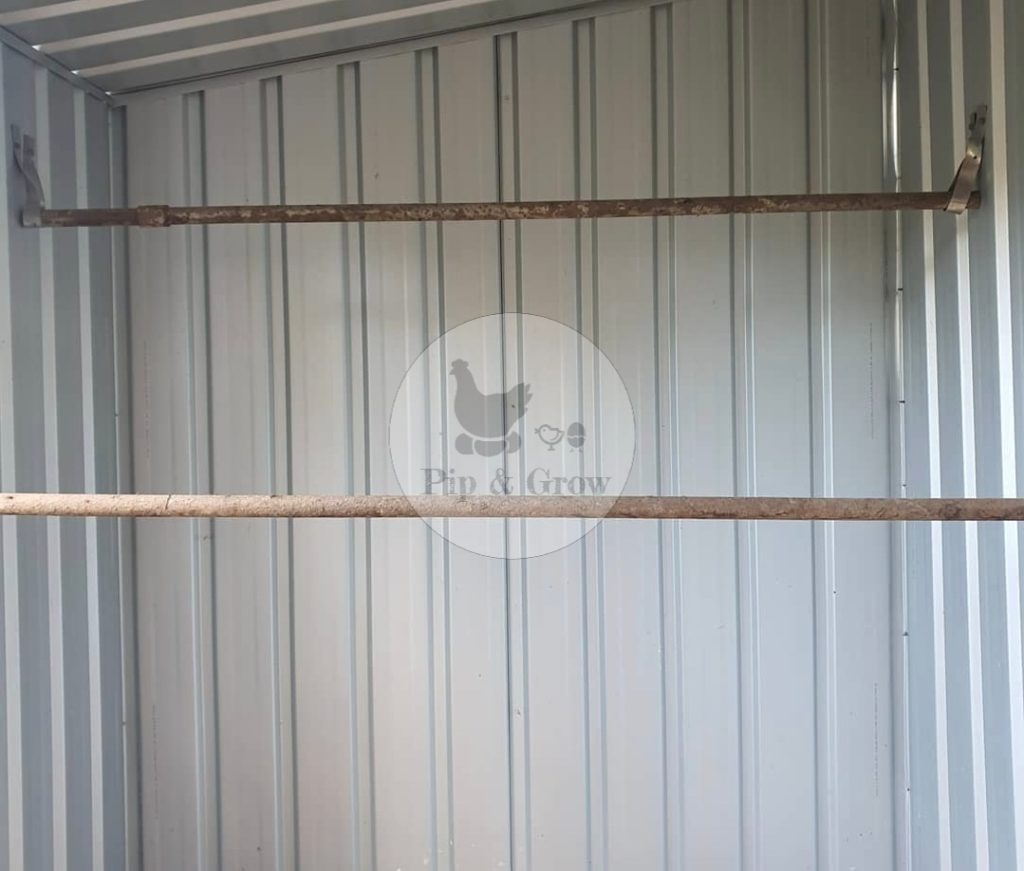
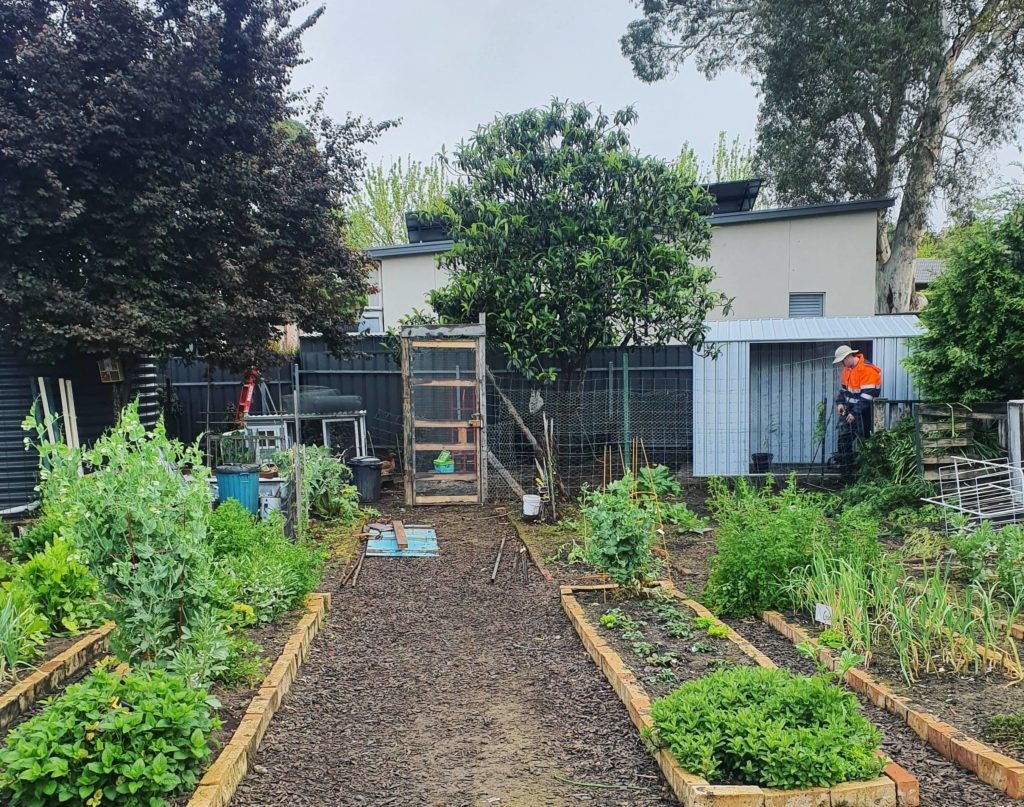
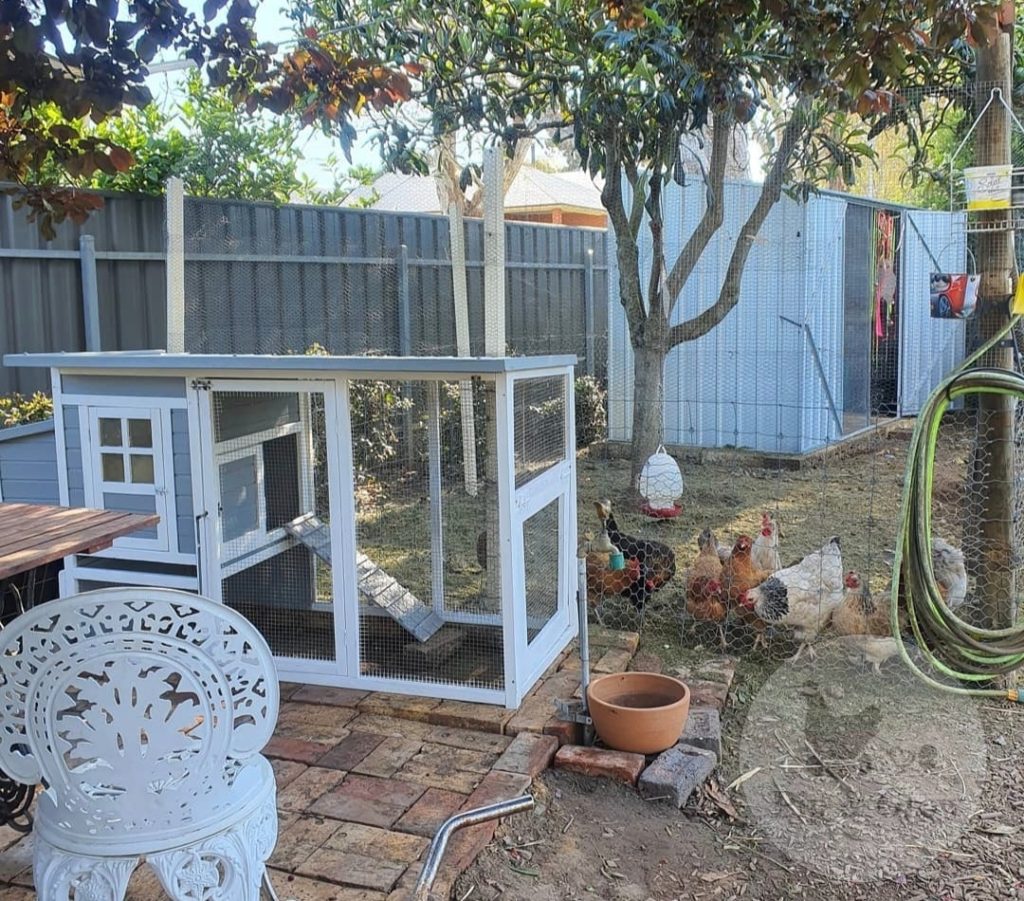
If you’re seeking alternatives that offer easier maintenance and greater durability, plastic or steel coops could be viable options to explore. Consider investing in a metal aviary or repurposing a garden shed into a coop, especially. In our own experience, our third coop was actually a garden shed purchased from Bunnings. We customized it by adding roosts and nesting areas, and it has proven to be a reliable solution for several years.
When converting garden shed into a coop, consider ventilation. Good airflow is essential for maintaining healthy air quality and preventing moisture buildup, which can lead to respiratory issues. Incorporate windows, vents, or adjustable openings to promote ventilation.
In Australia, standout brands such as Royal Rooster specialize in steel-framed coops, while Omlet is renowned for its robust plastic base coops. Although these options may come with a higher price tag, their durability and low maintenance make them worthwhile investments. Considering their longevity and ease of care, opting for these brands is definitely worth exploring.
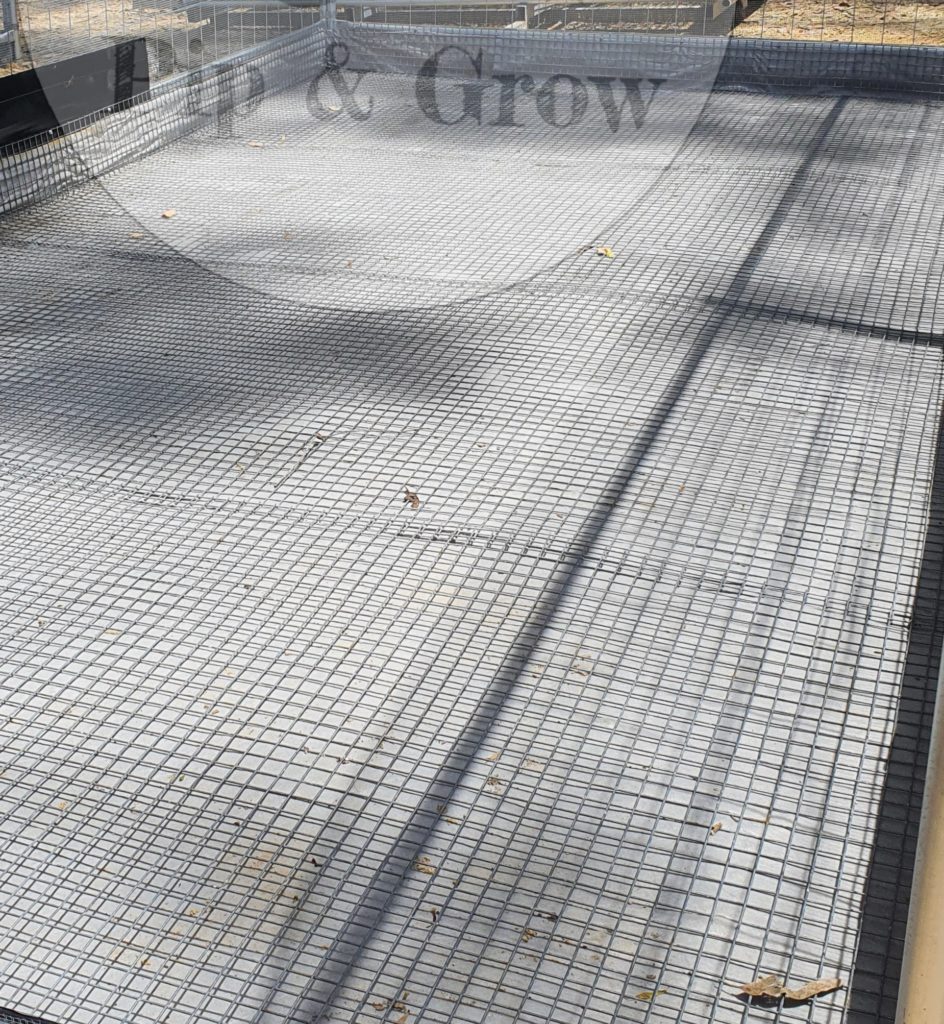
Predator Proofing
We often encounter heartbroken poultry keepers who have lost their beloved birds to predators. Losing beloved birds to predators can be devastating, but it’s not the predators’ fault; Predators simply follow their instincts to hunt for food and they will seek out sources of food by any means possible. It’s the responsibility of poultry keepers to ensure the safety and well-being of their birds with proper precautions in place prevent the incident.
In Australia, foxes pose a significant problem across various states, with reports indicating a higher fox population density in suburban areas compared to rural regions. While they are primarily active at night, there have been instances of foxes venturing into well-lit areas during daylight hours.
Wild birds also present challenges for poultry keepers, as they can introduce diseases and poultry red mites to flocks. They can also contribute to increased feed costs by stealing food from chicken feeders. This not only leads to financial concerns but also potential health issues for chickens, as contaminated feeders can spread diseases among the flock. Rats and mice are another common threat to poultry, capable of causing harm to both adult chickens and young chicks. These rodents are known to chew off feathers and toes of sleeping chickens, as well as consume eggs from nest boxes and prey on vulnerable chicks. Additionally, other predators such as goannas, snakes, including pythons, exhibit similar behaviors, posing further risks to poultry populations.
Fencing
For free-range or open-run flocks, it’s crucial to have robust fencing measures in place to protect them from predators like foxes.
– At least 1.8 meters high and constructed from durable materials such as welded wire mesh or heavy-gauge steel. This prevents foxes from easily chewing through or digging under the fence.
– Burying the bottom of the fencing underground is essential to thwart foxes’ attempts to dig their way into the chicken enclosure. By digging a trench straight down about 30-60cm and burying the fence with a skirt extending at least 30-50 centimeters underground, you create an effective barrier.
– Adding an overhang or inward-facing extension at the top of the fence can further discourage foxes from climbing or jumping over.
– While electric fencing may be a more costly option, it can be highly effective in deterring predators like foxes by delivering a mild electric shock upon contact.
Creating a predator-safe coop involves more than just fencing; additional measures are essential to ensure the safety of your poultry. One effective strategy is to reinforce the coop with wire mesh on the floor and bury it around the perimeter. This prevents predators from digging under the coop, even if they manage to breach the fencing.
Furthermore, it’s imperative to lock up all chickens at night, regardless of whether you live in a suburban or countryside area, and whether your chickens are free-range or kept in open runs. Foxes are opportunistic predators and can exploit any lapse in security. An auto coop door can be a convenient solution, especially for those who are unable to manually lock up their chickens or have late working hours. By diligently locking up the coop each night, you minimize the risk of foxes or other predators gaining access to your flock.

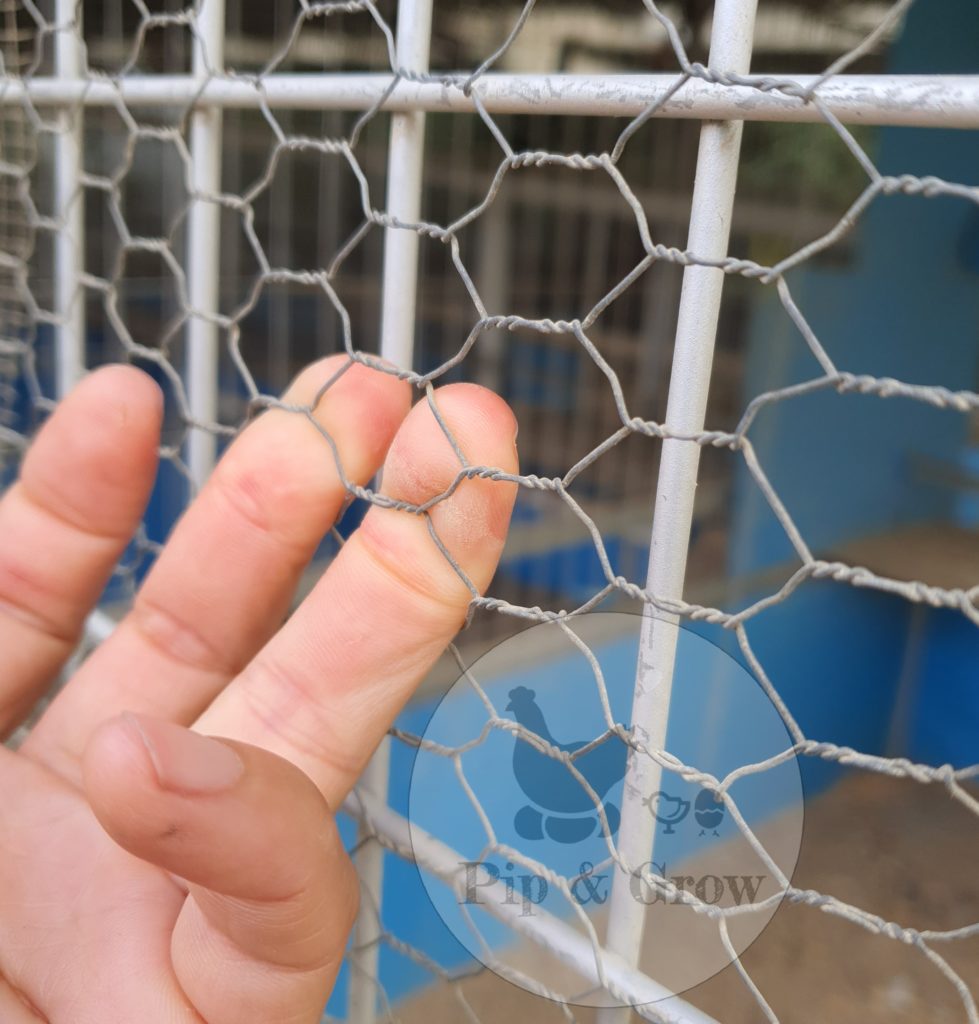
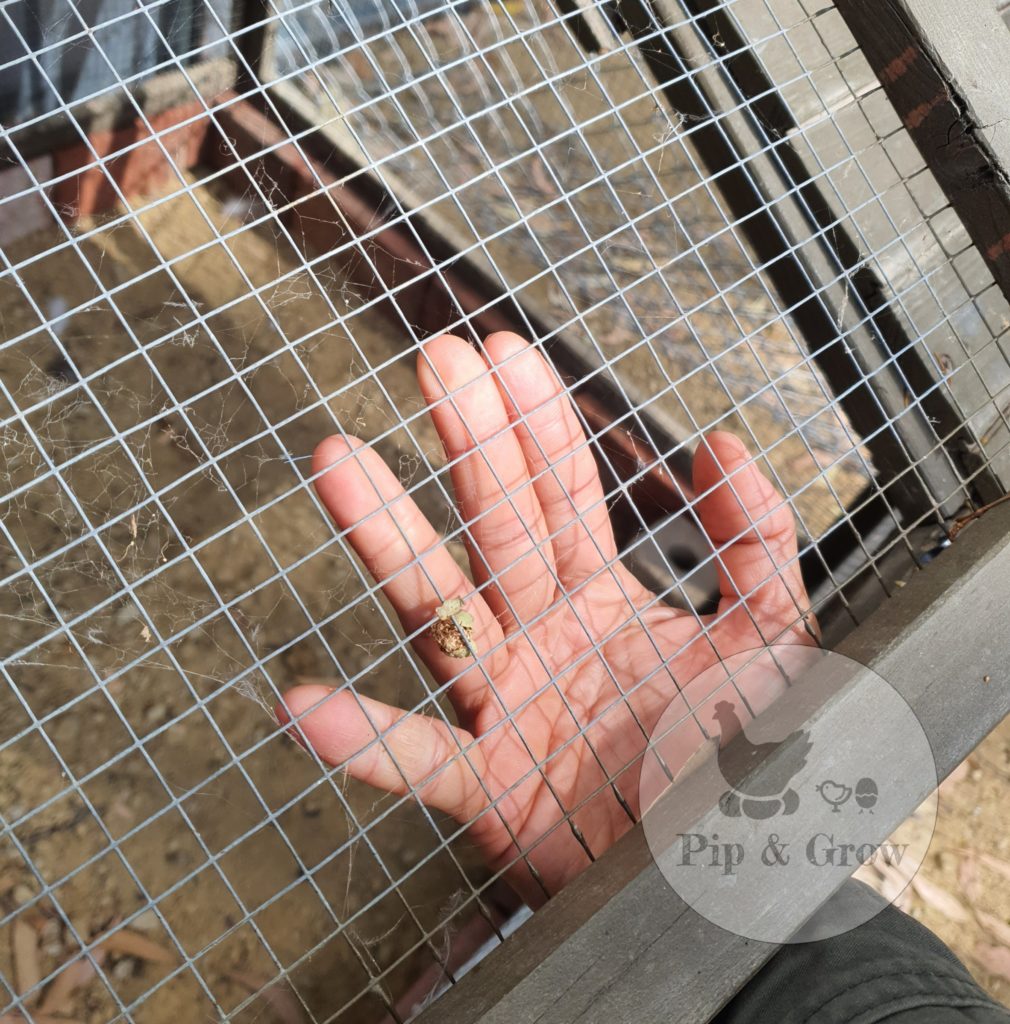
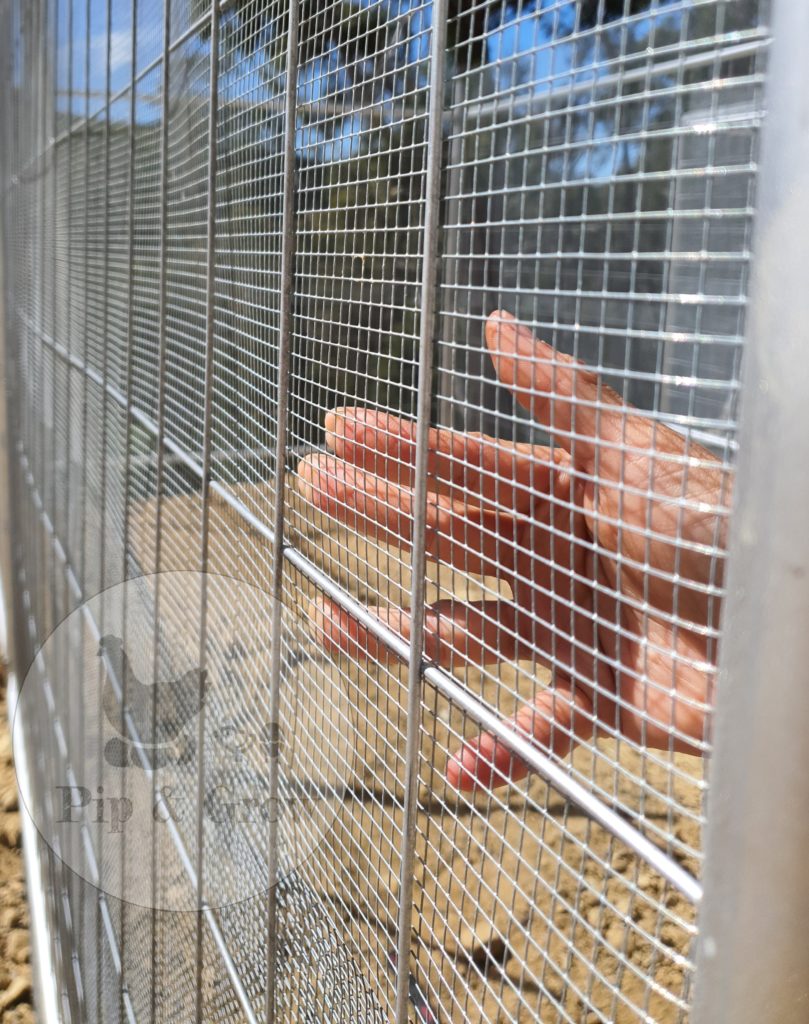
Wire selection for coop
When considering wire mesh for poultry enclosures, it’s essential to choose the right type for your specific needs.
- Standard chicken wire is suitable for creating boundaries around open runs, effectively keeping chickens within the designated area. However, it’s not recommended for building coops due to its lack of strength and large holes, which can allow predators, rodents, and wild birds to access the coop easily.
- Small hex wire can be effective at keeping out wild birds and rodents from the coop, but it may not be strong enough to withstand larger predators, and rats can chew through it if they are determined.
- Aviary mesh offers stronger protection against wild birds and rodents compared to small hex wire but may not withstand attacks from larger predators.
- For maximum protection against predators like foxes, rodents, and snakes, vermin and rodent mesh is the ideal choice. While it may be more expensive, it provides superior strength and durability, making it rodent-proof, snake-proof, and challenging for foxes to rip through. Additionally, the small mesh size not only keeps out unwanted pests but also deters larger insects like sow flies and European wasps.
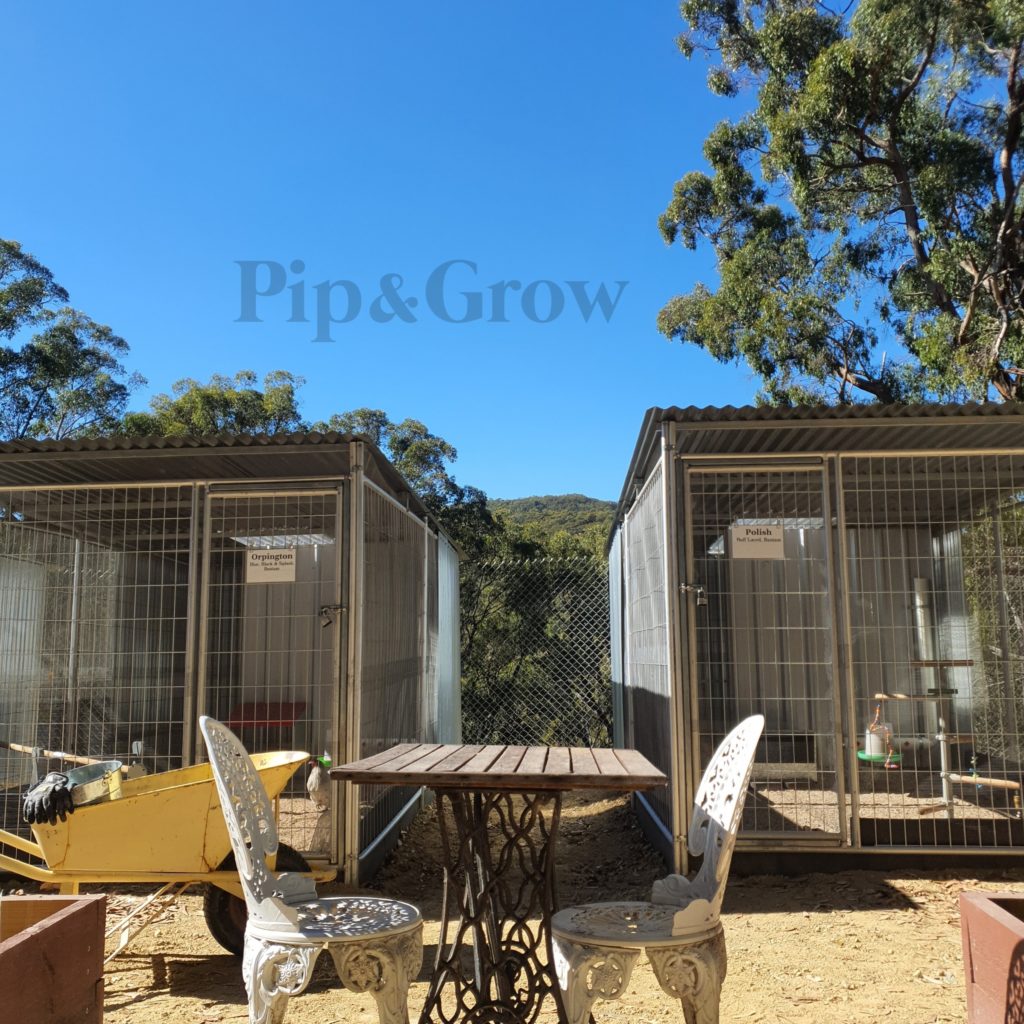
At our farm in the open area of the Adelaide Hills, where foxes, field mice, rats, and deadly snakes are prevalent, we have found vermin and rodent mesh to be the most effective solution for ensuring the safety and security of our poultry.
If you’ve made it this far, and your initial plan was simply to buy a coop and chickens, we hope you don’t mind the additional information.
We didn’t intend for this post about chicken coops to become so lengthy, but we’ve encountered numerous aspects we wish we had considered before purchasing and building our own coops. Our intention was not to turn this chicken coop post into such a lengthy read, but we believe there are valuable lessons to be shared from our experiences. We hope that by sharing our thoughts and insights, we can help other poultry keepers avoid the same mistakes we made.
Related posts
Chicken Coop Part 2 – Selecting location of the coop & Bedding material
Chicken Coop Part 3 – Roost bars, Nest boxes and other things
